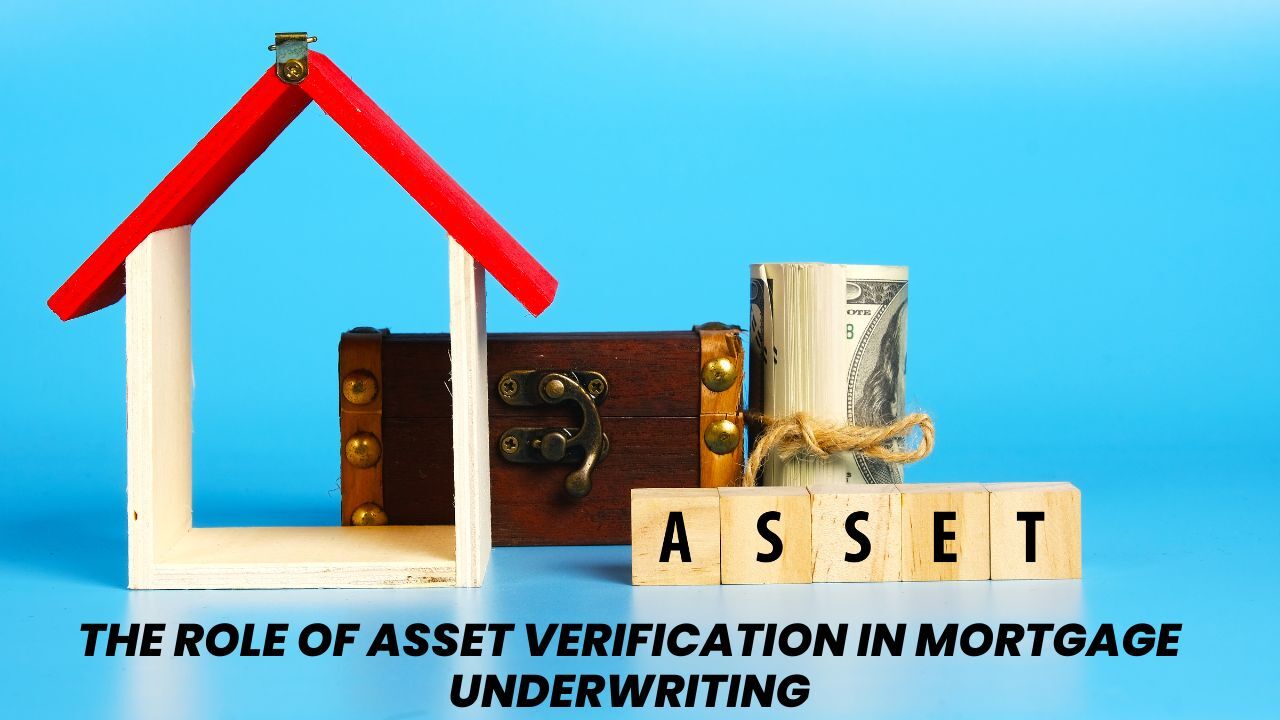 Many buyers only see the visible steps in the mortgage process, such as gathering documents or reviewing approval conditions. Behind the scenes, a mortgage originator plays a significant role in advocating for the borrower and helping secure loan terms that match the buyerís financial goals. This guidance can make the entire experience smoother and more successful.
Many buyers only see the visible steps in the mortgage process, such as gathering documents or reviewing approval conditions. Behind the scenes, a mortgage originator plays a significant role in advocating for the borrower and helping secure loan terms that match the buyerís financial goals. This guidance can make the entire experience smoother and more successful.
How an Originator Reviews Your Financial Picture
A mortgage originator begins by understanding your full financial profile. This includes income, credit history, assets and long term goals. By reviewing these details, the originator can identify which loan programs may benefit you most and how to structure the application for the best possible outcome.
How Negotiation Works with Lenders
Originators communicate directly with lenders to present your application clearly and accurately. They negotiate interest rate options, review fee structures and discuss loan terms that may improve overall affordability. Their knowledge of lender guidelines helps ensure you receive terms that align with your financial needs.
The Value of Lender Relationships
Experienced originators build long standing relationships with lenders. These partnerships allow them to understand how different lenders evaluate applications and what flexibility may exist. Strong relationships can help your file receive more thoughtful review, especially if there are unique circumstances that require explanation.
How Originators Help You Compare Options
Part of negotiation is making sure borrowers understand the choices available. Originators explain the differences between loan types, terms and cost structures so you can make a confident and informed decision. They help you evaluate both short term and long term impacts of each option.
A dedicated mortgage originator serves as your advocate throughout the process, working with lenders to help secure terms that fit your goals and financial comfort level. With the right guidance, you can move forward with clarity, confidence and a loan structure that supports your future.
 Today is a day to pause and reflect on the people who make this work meaningful. We are truly thankful to every person who has allowed me to be part of their home journey. Whether we have worked together in the past, are connected right now, or will meet in the future, we appreciate the trust you place in us.
Today is a day to pause and reflect on the people who make this work meaningful. We are truly thankful to every person who has allowed me to be part of their home journey. Whether we have worked together in the past, are connected right now, or will meet in the future, we appreciate the trust you place in us. When buyers apply for a mortgage, income and credit history get most of the attention. However, there is another essential part of the underwriting process that plays a major part in determining approval. Asset verification helps lenders understand the financial strength behind an application and gives them greater confidence in the borrower’s ability to manage the loan responsibly.
When buyers apply for a mortgage, income and credit history get most of the attention. However, there is another essential part of the underwriting process that plays a major part in determining approval. Asset verification helps lenders understand the financial strength behind an application and gives them greater confidence in the borrower’s ability to manage the loan responsibly. Many hopeful homebuyers find that their income alone does not quite meet the requirements for a mortgage. This challenge is especially common for people early in their careers, those recovering from financial setbacks, or buyers facing higher home prices. One option that can make a meaningful difference is bringing in a non-occupant co-borrower.
Many hopeful homebuyers find that their income alone does not quite meet the requirements for a mortgage. This challenge is especially common for people early in their careers, those recovering from financial setbacks, or buyers facing higher home prices. One option that can make a meaningful difference is bringing in a non-occupant co-borrower.
 The idea of extending mortgage terms well beyond the traditional thirty years is gaining new attention. With rising home prices and tightened affordability, many buyers are wondering whether a much longer loan could help lower the monthly payment enough to make homeownership more achievable. Before deciding if this type of option makes sense, it is important to look at why the concept is being discussed and what it could mean for buyers in the real world.
The idea of extending mortgage terms well beyond the traditional thirty years is gaining new attention. With rising home prices and tightened affordability, many buyers are wondering whether a much longer loan could help lower the monthly payment enough to make homeownership more achievable. Before deciding if this type of option makes sense, it is important to look at why the concept is being discussed and what it could mean for buyers in the real world. The time between Thanksgiving and the New Year is known for gratitude, togetherness and heartfelt giving. Many families share meaningful gifts during this stretch of the year, and some buyers discover that these seasonal acts of generosity can help make homeownership possible. If you have found the right home but need help with upfront costs, financial gifts from loved ones may be the support that brings your plans together.
The time between Thanksgiving and the New Year is known for gratitude, togetherness and heartfelt giving. Many families share meaningful gifts during this stretch of the year, and some buyers discover that these seasonal acts of generosity can help make homeownership possible. If you have found the right home but need help with upfront costs, financial gifts from loved ones may be the support that brings your plans together. Many future buyers think they must eliminate every debt before applying for a mortgage. Reducing debt is helpful, but it is not a requirement for homeownership. You can qualify for a loan even if you have credit cards, student loans or a car payment. What matters most is how well you manage those obligations and how they fit into your overall financial picture.
Many future buyers think they must eliminate every debt before applying for a mortgage. Reducing debt is helpful, but it is not a requirement for homeownership. You can qualify for a loan even if you have credit cards, student loans or a car payment. What matters most is how well you manage those obligations and how they fit into your overall financial picture. Owning a second home is a dream for many people, whether it is a quiet cabin by the lake, a beachfront retreat, or a mountain getaway. For others, that dream also comes with the potential to generate income through short-term rentals. However, mortgages for vacation homes and Airbnb properties are not the same. Lenders view these two types of homes differently, and understanding those differences can help you choose the right financing option for your goals.
Owning a second home is a dream for many people, whether it is a quiet cabin by the lake, a beachfront retreat, or a mountain getaway. For others, that dream also comes with the potential to generate income through short-term rentals. However, mortgages for vacation homes and Airbnb properties are not the same. Lenders view these two types of homes differently, and understanding those differences can help you choose the right financing option for your goals.
